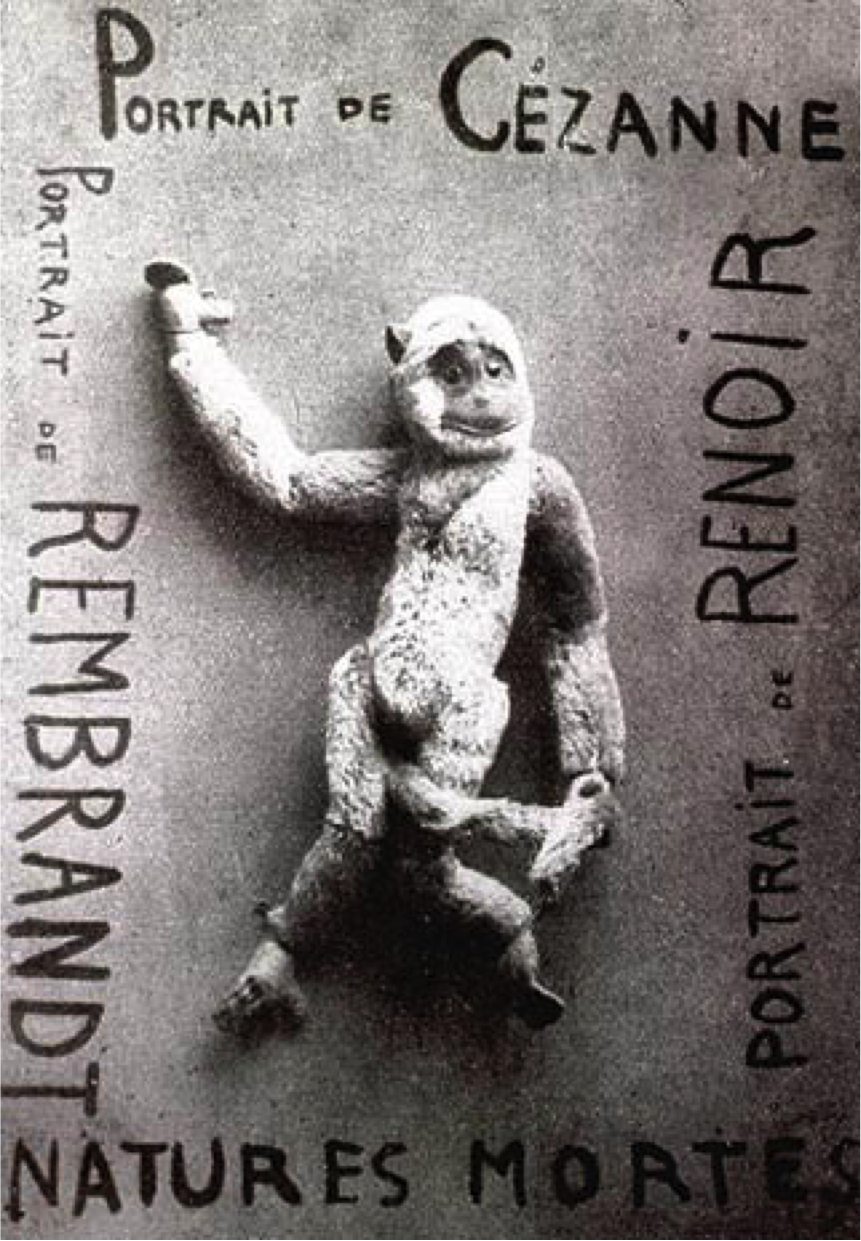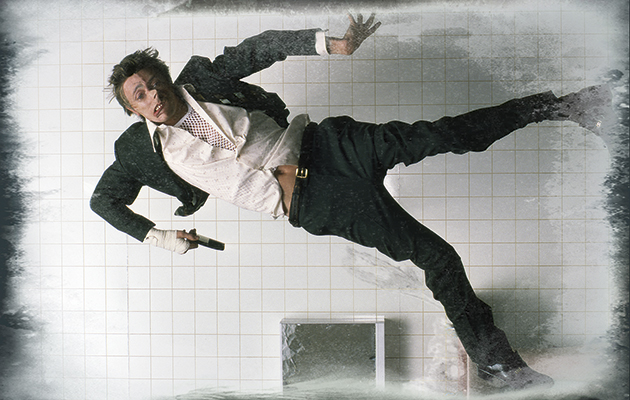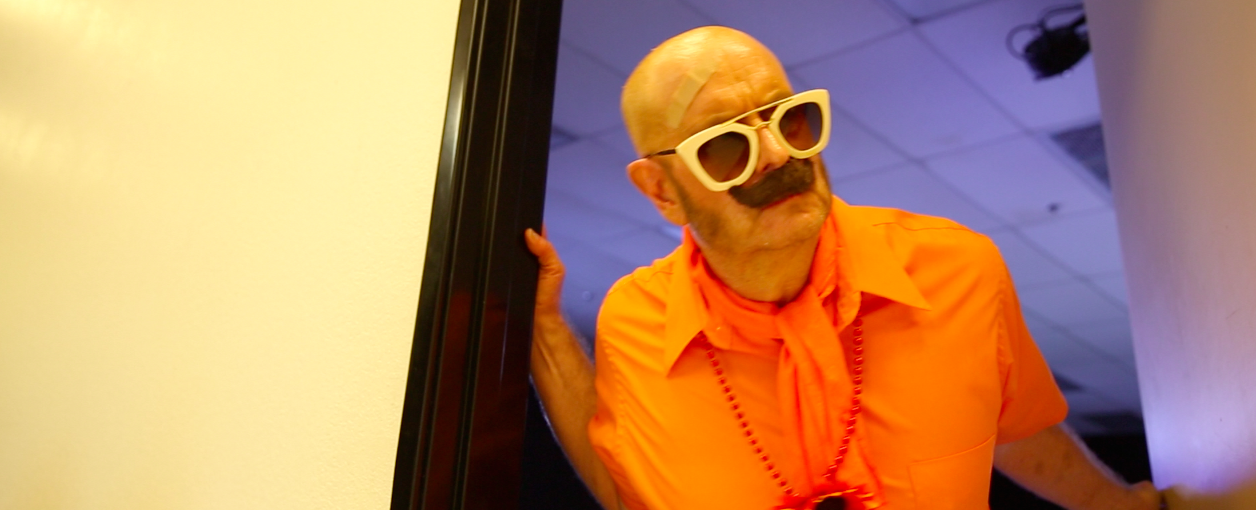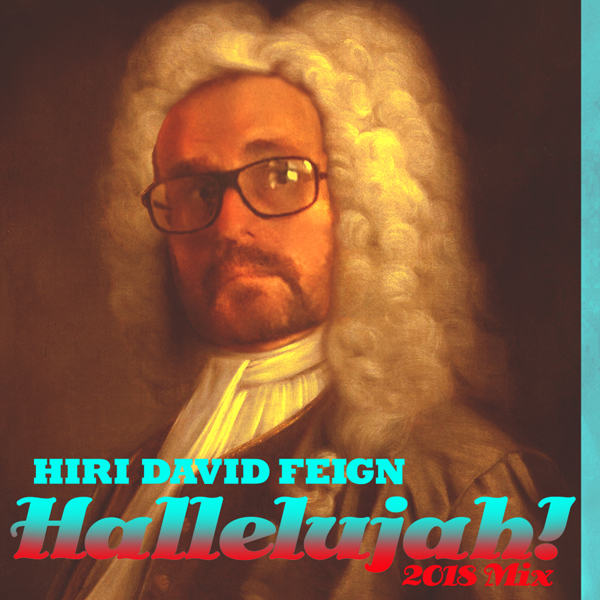David Bowie’s Lodger, included in the expansive anthology package A New Career In A New Town (1977-1982), gets a fresh remix after 38 years.

“Over the years, David and I bemoaned how we wanted to remix it… But we never got around to doing it until there was a break in recording Blackstar. I thought, ‘If I don’t do something about Lodger, it’ll never get off the ground.’ I started remixing it on my own time, without David’s knowledge. When I had five mixes done, I played it to him. He absolutely loved it and gave it the green light.”—Tony Visconti 1
In an age when there are no final versions of any recording, what with remastering and remixing, repackaging and technological change, this update of a legendary album from the David Bowie canon is an interesting exercise in what might have been. Lodger is David Bowie’s third collaboration with art rock pioneer Brian Eno and is one of his multiple collaborations with producer Tony Visconti throughout their careers. Often referred to as the last of The Berlin Trilogy, Lodger was released on LP in 1979 to somewhat exasperated reviews. Rolling Stone’s Greil Marcus was apoplectic. “…time and time again, ideas are run up the flagpole, but try to find the flagpole.” 2 Siouxsie Sioux reportedly called it “One of the first to disappoint.”
The original mix of the LP has been sited by some, including producer Tony Visconti himself, as rushed, muddy, and unfinished, and so what’s most interesting about this new version is what’s changed, and what hasn’t. For decades I just assumed that the suffocating, thin sound of the album, starting with its low-key first beats, was an intentional method of shocking the listener’s expectations. Because the mix was so different from its predecessors’ huge, revolutionary sound (Low and “Heroes”), it was like hitting a wall at top speed. The stark differences eventually led me to admire Lodger most of all Bowie’s albums. Although, try to take any of them from me, and I will cut you.

The anti-art movement Dada was a big influence on Lodger’s tone, focus and composition methods (for example, on the track Boys Keep Swinging, the musicians switched instruments, while the melody for Move On is All The Young Dudes played backwards). The starkness of Lodger’s production made it more visceral and human, as Bowie describes on the first side the ordinary lives of people beyond Western culture. Throughout he delves deep into both the cultural origins of rock and Jungian psychology with themes of persona, anima, the shadow, and the self. The cover image itself seems based on a work by Dada pioneer Francis Picabia entitled Portrait of Cezanne.
Furthermore Bowie took experimentation to new levels. Lodger forges new territory into randomness in his art-making. He’d been using a lyrical cut-up technique, derived from author William S. Burroughs, since Diamond Dogs. Also, inspired by Iggy Pop’s spontaneously recorded lyrics on their collaborations The Idiot and Lust For Life, Bowie had incorporated his own cut-up style with mostly spontaneous lyrics throughout the recording of Low and “Heroes.” Finally, with Lodger, Bowie found a lyrical style and method that incorporated and expanded on these histories. Jumbled, intentionally clunky visual references, broken or incomplete declarations, emotional dramatics tempered by longing romanticism—after Lodger, these elements became a signature lyrical style throughout the rest of Bowie’s career.
https://www.youtube.com/watch?v=UMhFyWEMlD4&rel=0
This new remix of Lodger has a number of interesting differences from the original, but I actually prefer the first production and don’t believe the updates add anything important to the themes of the music. Frankly, this mix seems a bit toothless compared to the original. It actually seems to neuter the power of Lodger somewhat. There doesn’t seem to be the same bravery behind it, giving the production a slight glossiness without revealing any deeper character.
For the most part, only Bowie fans like me might be able to tell the difference in the mixes. The first track, Fantastic Voyage, is a bit more lush. I get the feeling that it was this song in particular that Bowie and Visconti both wanted to fix. It’s a beautiful song, one he performed in later concerts, and it’s nice to hear it refreshed. But I don’t think it’s better than the original. Other tracks seem just a bit more polished, but respectfully keeping them mostly intact. Fortunately my favorite song on the album, Look Back In Anger, seems untouched.
 Bowie Keeps Swinging: The puppet dick from his SNL performance. With Klaus Nomi and Joey Arias.
Bowie Keeps Swinging: The puppet dick from his SNL performance. With Klaus Nomi and Joey Arias.
For me, the exciting part of this repackaging is the release of alternate cover images. Bowie’s allure, especially at the time, was as much visual as it was musical, and during the seventies, his album art was the closest you could get to him from day to day. It wasn’t possible to watch his videos on demand or sample his catalog online. These images packed a powerful punch, and Lodger is the punchiest cover image of Bowie’s career.
Originally the packaging of Lodger (gatefold album, with printed paper LP sleeve) greatly added to the mystique of the music. This artwork has never been completely reproduced in CD form, which to me is a bit like forgetting to include the map to a great treasure. I used to pour over those images, looking for meaning and trying to decipher what Bowie was getting on about. With Lodger, for me the biggest mystery of all is the cover itself—unique, striking, unsettling and violent. I’m often surprised by how little people have made of it. There are mysteries to be solved within these images, and yet so few people have tried to break it down. What’s going on there!? His face is all distorted, he’s floating in the air in a public washroom, and it’s not worth mentioning?
 Oh my TVC-15. Bowie and company in skirts. Carlos Alomar and Dennis Davis at back. TV-mouthed poodle on wheels.
Oh my TVC-15. Bowie and company in skirts. Carlos Alomar and Dennis Davis at back. TV-mouthed poodle on wheels.
Additionally, Lodger introduced a new period for Bowie videos. Only one video each was produced for its two predecessors, each a straight-to-camera performance, but Lodger has three iconic story videos directed by David Mallet. Bowie also promoted Lodger on Saturday Night Live with Klaus Nomi, in three performances that I consider absolutely legendary and historic for the LGBT community. His drag instincts were impeccable, his bravery was unstoppable. He even snuck in a penis at the end of the live version of Boys Keep Swinging on SNL.
While I haven’t seen the new boxed set in person, the download version of the Lodger album cover uses an unretouched photo of Bowie from the photo session, with tape distorting his mouth and nose. I always wondered how that image was created. I assumed it was accomplished by pressing a sheet of glass against his face. Remember, these were the analog printing days before Photoshop, when retouching was done physically by hand. So it’s great to have that bit of trivia answered for me.

The inner gatefold for the remixed packaging of Lodger is an alternate cover image that’s even THAT MUCH SCARIER than the final cover image. It’s no wonder they didn’t use that. For me, it’s fascinating that Bowie’s performance as John Merrick in The Elephant Man on Broadway was from this period. Along with his follow-up LP Scary Monsters (and Super Creeps) in 1980, Bowie had lost interest in pretending about the dangers of superstardom. The glamor was gone, and he’d just escaped a life-threatening addiction to both cocaine and fame.
Lodger seems more accurately to be the twin of Scary Monsters, than the weird relative of Low and “Heroes.” If anything, these four albums work as one, so it’s appropriate that A New Career In A New Town (1977-1982) presents a complete set of his solo work from the period of Bowie’s greatest invention and innovation.
Lodger Summary
Lodger
David Bowie
New Tony Visconti mix 2015-2016
Original release date May 18, 1979
Producers: David Bowie, Tony Visconti




What a piece! This is a great examination of an amazing album by an artist at the height of his creative output. The box set is lovingly put together, and the remix of Lodger is a treat. Thanks for this.
Me & my buddy have a little phrase we use to describe all the crazy shit that’s been going down in world politics recently: ‘It wasn’t like this when David was alive’ – We mean it as a joke but some artists truly have an influence in the way the world tempers itself.
Wow I love Bowie not just for his amazing music and lyrics but also his sexy androgyny. He was a total work of living art. Great article and video clips. I never knew about the SNL puppet dick Lol
one of my all time favourite albums
Hi,
I’m a bit surprised you don’t mention Polanski’s Le locataire (Lodger!) as reference to the albums cover art, in your very interesting essay on one of Bowie’s best albums. The movie’s end sequence is similar to the cover.